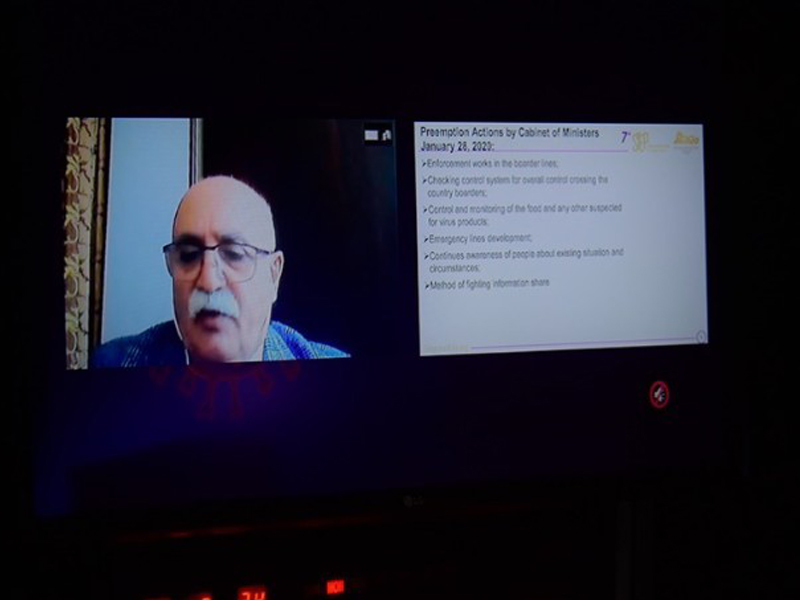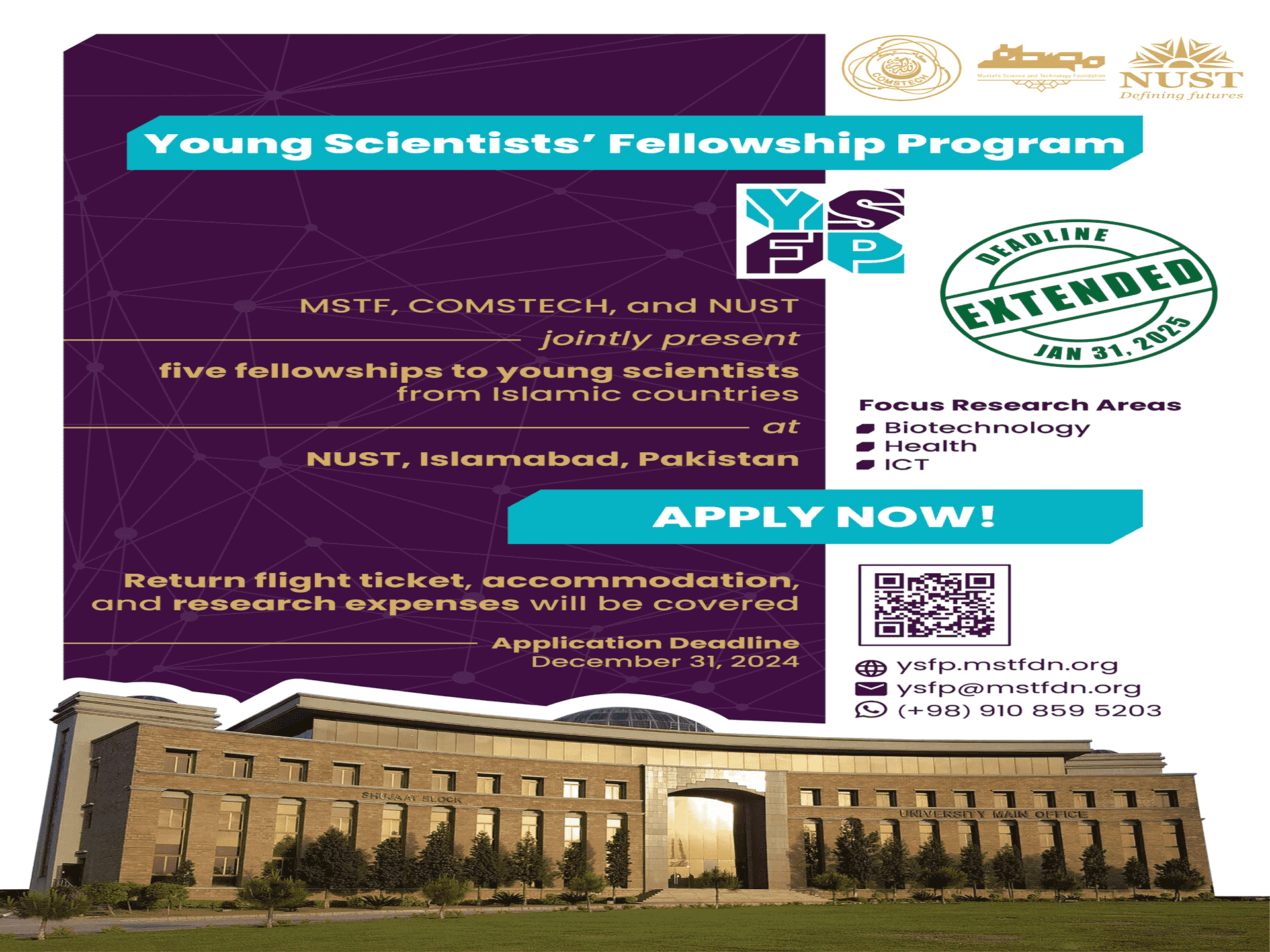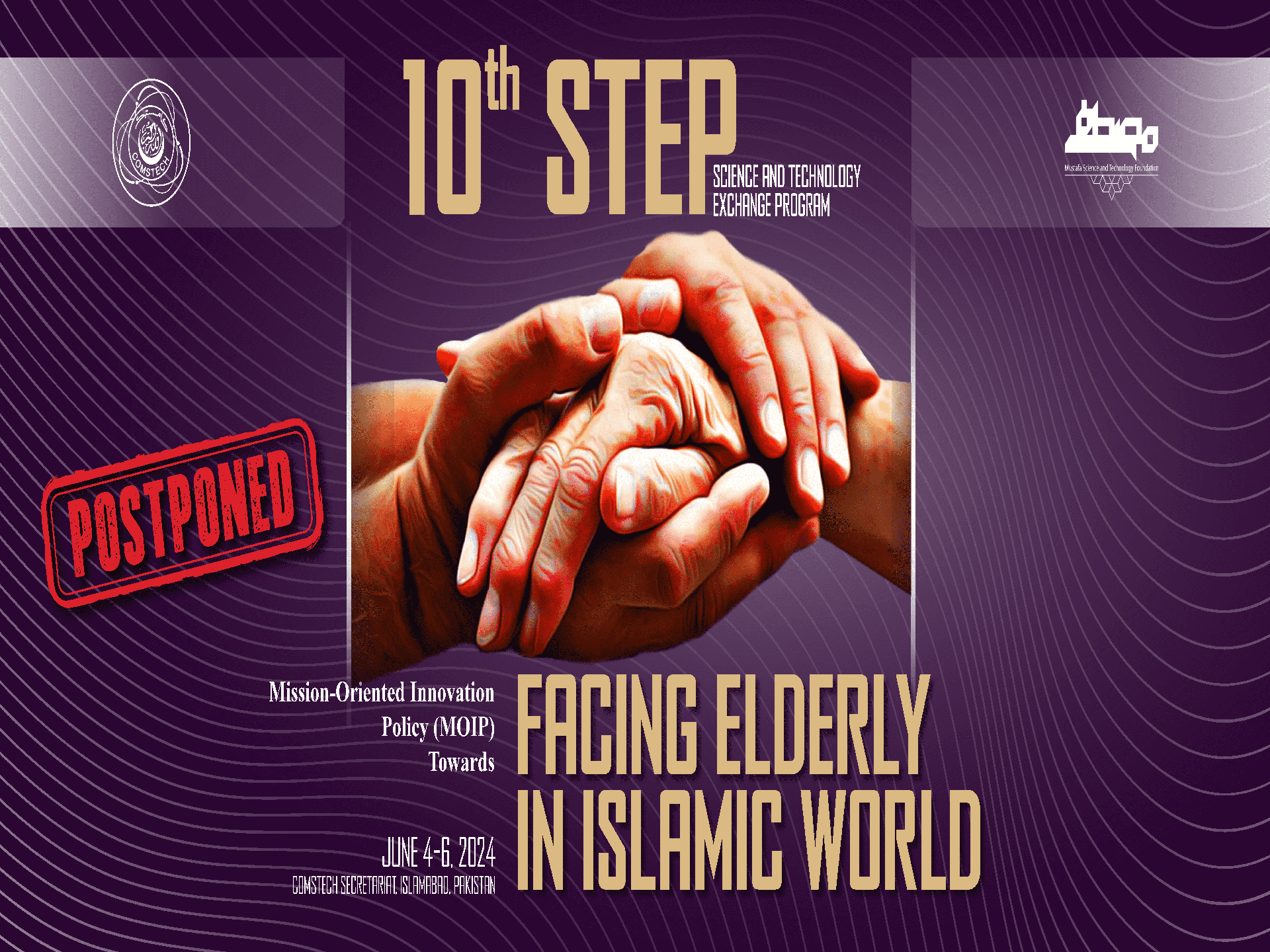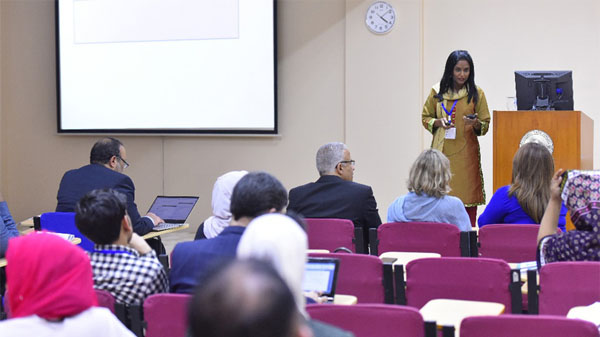TOP STORIES

Azerbaijani scientist explains deploying satellite technology to manage COVID-19
18 May. 2020
During his STEP Talk in the 7th Science and Technology Exchange Program on May 18, 2020, Rustam Rustamov shared achievements and challenges of Azerbaijan during Coronavirus Pandemic and also the use of High Technology to fight COVID-19.
He mentioned that a donor agreement was signed between the Republic of Azerbaijan and the World Health Organization (WHO) on May 11, 2020, at the headquarters of WHO in Geneva.
Rustamov stated that so far the number of confirmed COVID-19 cases in Azerbaijan has been 1,854; recoveries, 1365; and deaths, 35. Thus, Azerbaijan has extended the special quarantine regime until May 31.
"Azerbaijan is applying SMS Permission System in the four cities of Baku, Sumgayit, Ganja, Lankaran, and Absheron region, thus easing the quarantine restrictions. People in these cities are permitted to leave home upon text messaging, registering on a governmental website, and presenting a certificate," he remarked.
Regarding the role of satellite technology in fighting COVID-19, he stated that "space technology plays a vital role in delivering healthcare, preventing cross-infection between carriers of the virus and doctors, and containing the highly-contagious Coronavirus."
An advantage of this technology, he maintained, is that "due to the contagious nature of Coronavirus, the use of satellite communication allows quarantined diagnosis without increasing the amount of face-to-face contact between patients and healthcare providers."
He further added that some other technologies such as robots can be used to "disinfect hospitals, and automata drones can deliver medical care supplies and meals."
"Both of these technologies are assisted by high-accuracy satellite navigation, thus preventing the cross-infection, allowing countries to contain Coronavirus."
Another satellite technology which Rustamov said is being currently used is "imagery from Earth Observation satellites. This technology creates population density maps that are combined with census data to identify the demographics of vulnerable population groups."
Satellite navigation also "monitors the movements of carriers of COVID-19 who have not been hospitalized. They also monitor geo-referencing patients’ data that are shared between doctors and patients."
Rustamov added that "some countries are using geo-location to inform people if they have been in close contact with a carrier and to quarantine themselves."
Finally, Rustamov elaborated on satellite remote sensing and Earth Observation. This technology "identifies each surface feature and estimates their geo-biophysical properties using electromagnetic radiation as a medium of interaction from satellites with the primary goal of geographical mapping, monitoring earthquake and flood, surveying environment and resource."
"Remote-sensing technology could be used in epidemic prevention operations to combat COVID-19," he noted.
Rustamov concluded his presentation by proposing that since the global pandemic requires a global approach, participant countries should integrate their efforts, facilities, technologies, capacity-building knowledge, and experience. Above all, the establishment of "STEP Global Emergency Group" for duly response to any global changes is necessary.
News Source: MSTF Media







